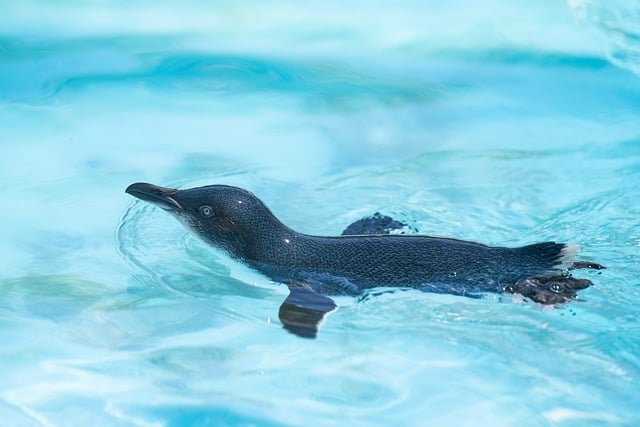
The Social Life of Penguins: Understanding Their Unique Communities
Penguins are often perceived as solitary creatures waddling across icy landscapes. However, beneath their charming exterior lies a complex social structure that is essential for their survival and well-being. In this post, we will explore the fascinating social life of penguins, highlighting their unique communities, communication methods, and social behaviors.
The Importance of Social Structure
Penguins are highly social animals that thrive in colonies. These colonies can range from a few dozen to several thousand individuals, depending on the species and environmental conditions. The social structure within these colonies is crucial for various reasons:
- Protection from Predators: Living in large groups helps penguins reduce the risk of predation. The more eyes there are watching for threats, the better the chances of survival.
- Thermal Regulation: In extreme cold, penguins huddle together to conserve warmth. This communal behavior can significantly increase their chances of survival in harsh climates.
- Reproductive Success: Social interactions play a vital role in mating and raising young. Many species of penguins engage in elaborate courtship displays and cooperative breeding efforts.
Communication and Social Interactions
Penguins have developed a range of vocalizations and body language to communicate with one another. These interactions are essential for maintaining social bonds and coordinating group activities. Some key aspects of penguin communication include:
- Vocal Calls: Each species of penguin has its own unique set of vocalizations. These calls can convey different messages, such as alarm signals, mating calls, or contact calls between parents and chicks.
- Visual Displays: Penguins use body language, such as head bobbing, flipper waving, and posturing, to express emotions and intentions. These visual cues play a crucial role in establishing dominance and attracting mates.
- Grooming Behavior: Social grooming is common among penguins and serves to strengthen social bonds. By preening each other’s feathers, penguins not only maintain hygiene but also reinforce relationships within the colony.
Cooperative Breeding and Parental Care
Many penguin species exhibit cooperative breeding behaviors, where both parents share responsibilities in raising their young. This teamwork is vital for the survival of the chicks. Key aspects of parental care include:
- Egg Incubation: In species like the Emperor Penguin, males take on the primary role of incubating the egg while females hunt for food. This shared responsibility ensures that the egg remains warm and protected.
- Feeding Chicks: After hatching, both parents work together to feed their chicks, regurgitating food to provide the necessary nutrition. This cooperative effort increases the survival rate of the young penguins.
Conclusion
The social life of penguins is a testament to their adaptability and resilience in some of the harshest environments on Earth. Their complex communities, effective communication, and cooperative behaviors not only enhance their survival but also create a rich social tapestry that is captivating to observe. By understanding the social dynamics of penguins, we can better appreciate these remarkable creatures and the ecosystems they inhabit.
Whether you're a seasoned wildlife enthusiast or a casual observer, the social interactions of penguins offer a window into the intricate relationships that define their lives. Next time you see a group of penguins, take a moment to appreciate the vibrant community dynamics at play!
